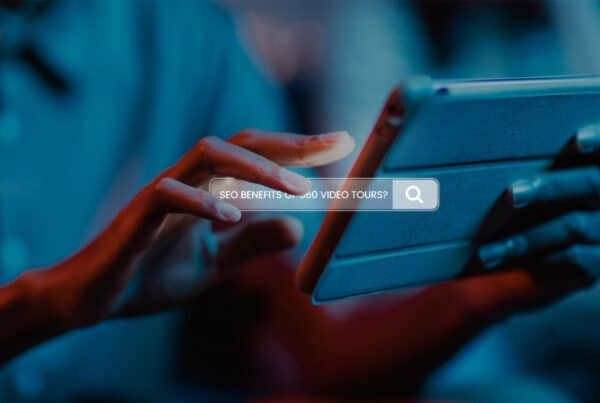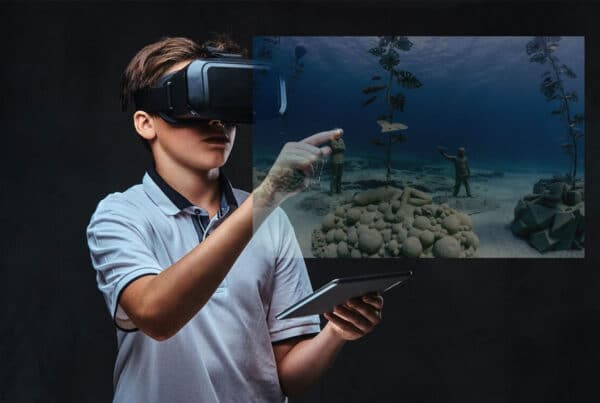
Introduction
As the demand for immersive experiences continues to grow, 360 video tours have become an increasingly popular tool for businesses, educational institutions, and cultural organizations. These interactive tours allow users to explore environments in a way that traditional media cannot match. A critical question arises: Can 360 video tours be viewed on mobile devices? This article explores the compatibility of 360 video tours with mobile devices, the benefits of mobile accessibility, and best practices for optimizing these tours for mobile viewing.
Compatibility of 360 Video Tours with Mobile Devices
Viewing Platforms
360 video tours can be viewed on a variety of platforms, including desktop computers, tablets, and mobile devices. Most modern smartphones are equipped with the necessary technology to support 360 video playback. Here’s how it works:
- Web Browsers: Many 360 video tours are hosted on websites that utilize HTML5 technology, allowing them to be viewed directly in mobile web browsers like Chrome, Safari, and Firefox. Users can navigate through the tour by swiping or tilting their devices.
- Dedicated Apps: Some platforms offer dedicated apps for creating and viewing 360 video content. For example, apps like Kuula and CloudPano allow users to view virtual tours seamlessly on their smartphones.
- Virtual Reality Headsets: Many 360 video tours can also be viewed using VR headsets that are compatible with mobile devices, such as Google Cardboard or Oculus Quest. This enhances the immersive experience by allowing users to look around in a fully immersive environment.
Technical Requirements
To ensure that 360 video tours can be effectively viewed on mobile devices, consider the following technical requirements:
- Device Compatibility: Ensure that your virtual tour is compatible with various operating systems (iOS and Android) and screen sizes. Testing your tour on multiple devices will help identify any potential issues.
- Internet Connection: A stable internet connection is crucial for streaming high-quality 360 video content. Users should ideally access the tour over Wi-Fi to avoid excessive data usage.
- Browser Support: Ensure that your virtual tour is optimized for the most commonly used browsers on mobile devices. This includes ensuring compatibility with both Chrome and Safari.
Benefits of Mobile Accessibility for 360 Video Tours
Increased Reach
Making 360 video tours accessible on mobile devices significantly expands their reach.
- Wider Audience: With over half of all internet traffic coming from mobile devices, ensuring your virtual tour is mobile-friendly allows you to tap into a broader audience base.
- On-the-Go Access: Users can access virtual tours anytime and anywhere, making it convenient for those who may not have time to visit a location in person.
Enhanced User Engagement
Mobile accessibility enhances user engagement in several ways:
- Convenience: Users are more likely to engage with content that is easily accessible from their smartphones. The convenience of viewing a virtual tour while commuting or during breaks increases the likelihood of interaction.
- Impulse Viewing: The ease of accessing a 360 video tour on a mobile device encourages spontaneous viewing. Users may decide to explore a virtual tour based on curiosity or interest at any moment.
Improved User Experience
Mobile-optimized 360 video tours can provide an enjoyable user experience:
- Touchscreen Navigation: Mobile devices allow users to navigate through the tour using simple touch gestures—swiping, pinching, and tapping—creating an intuitive experience.
- High-Quality Visuals: Many modern smartphones feature high-resolution displays capable of showcasing detailed 360-degree visuals, enhancing the overall viewing experience.
Best Practices for Optimizing 360 Video Tours for Mobile Devices
To maximize the effectiveness of 360 video tours on mobile devices, creators should consider implementing several best practices:
Optimize File Sizes
- Compression Techniques: Use compression techniques when exporting videos and images to reduce file sizes without sacrificing quality. This ensures faster loading times and smoother playback on mobile devices.
- Efficient Formats: Utilize efficient file formats such as MP4 for videos and JPEG or WebP for images to minimize storage needs while maintaining visual quality.
Ensure User-Friendly Navigation
- Intuitive Controls: Design clear controls that allow users to move through the tour seamlessly. Incorporate navigation arrows or hotspots that guide users through different sections.
- Responsive Design: Ensure that your virtual tour adapts well to various screen sizes and orientations (portrait vs. landscape) for optimal viewing experiences.
Test Across Devices
- Cross-Device Testing: Regularly test your virtual tour on multiple devices (both Android and iOS) to identify any compatibility issues or bugs.
- User Feedback: Gather feedback from users about their experiences accessing the tour on mobile devices. Use this feedback to make necessary improvements.
Incorporate Interactive Elements
Adding interactive features enhances user engagement:
- Hotspots with Information: Incorporate clickable hotspots that provide additional information about specific exhibits or artifacts when selected.
- Quizzes and Polls: Engage users by including quizzes or polls related to the content of the tour. This interactive element encourages participation and reinforces learning.
Promote Your Tour Effectively
Once your 360 video tour is complete, promote it effectively:
- Social Media Campaigns: Share snippets of your virtual tour on social media platforms with engaging captions that encourage followers to explore further.
- Email Newsletters: Include links to your virtual tour in email newsletters sent to subscribers, enticing them with exclusive content or sneak peeks at upcoming exhibitions.
Challenges in Mobile Viewing
While there are many benefits to making 360 video tours accessible on mobile devices, there are also challenges:
Data Usage Concerns
High-quality 360 videos can consume significant amounts of data, which may deter some users from accessing them over cellular networks.
- Low-Bandwidth Options: Consider offering low-bandwidth versions of your virtual tours for users who may have limited data plans or slower internet connections.
Motion Sickness
Some users may experience motion sickness when navigating through 360 video tours using mobile devices due to rapid movements or abrupt changes in perspective.
- Smooth Transitions: Ensure smooth transitions and stable footage during filming to minimize discomfort during navigation.
Conclusion
In conclusion, 360 video tours are highly compatible with mobile devices, offering an immersive experience that significantly enhances user engagement and satisfaction. By providing realistic experiences that allow users to explore environments interactively, businesses such as museums, real estate agencies, educational institutions, and others can leverage this technology effectively. To maximize the impact of 360 video tours on mobile devices, creators should focus on optimizing file sizes, ensuring user-friendly navigation features, incorporating interactive elements, and promoting their content effectively while being mindful of challenges such as data usage concerns and potential motion sickness. As technology continues evolving and more organizations embrace immersive experiences like 360 video tours as part of their marketing strategies or educational efforts, understanding best practices for implementation will be essential for maximizing impact and creating lasting impressions on audiences worldwide.




